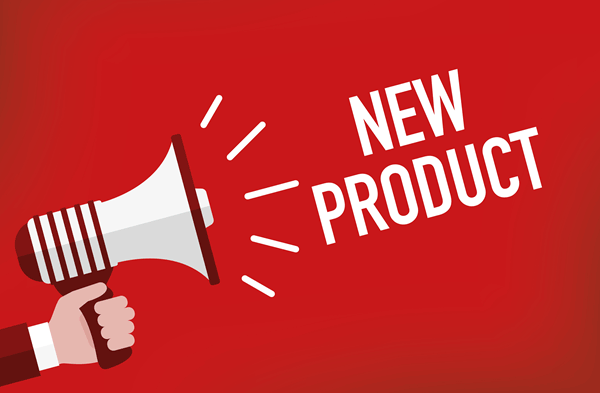Launching a new product can be an exciting venture for any business. However, it requires careful planning and execution to ensure success. Here is a simple guide to help you develop and launch a new product effectively.
Read more about Business
Step 1: Idea Generation
The first step in developing a new product is coming up with a great idea. This can come from various sources:
- Customer Feedback: Listen to what your customers are saying. What do they need or want?
- Market Research: Study the market to identify gaps and opportunities.
- Brainstorming: Gather your team and brainstorm potential ideas.
Step 2: Market Research
Once you have an idea, it’s essential to conduct thorough market research to validate it.
- Identify Your Target Audience: Who are your potential customers? What are their needs and preferences?
- Analyze Competitors: Who are your competitors? What products do they offer, and how can your product be different or better?
- Understand Market Trends: Stay updated on the latest trends in your industry to ensure your product is relevant.
Step 3: Define Your Product
After validating your idea, you need to clearly define your product.
- Product Features: What are the key features and benefits of your product?
- Unique Selling Proposition (USP): What makes your product unique? Why should customers choose it over competitors’ products?
- Specifications: Detail the technical specifications, design, and any other important aspects of the product.
Step 4: Develop a Prototype
Creating a prototype is a crucial step in product development. It allows you to test and refine your product before mass production.
- Design: Create a detailed design of your product.
- Build: Develop a working model or prototype of your product.
- Test: Test the prototype to identify any issues or improvements needed.
Step 5: Test the Market
Before a full-scale launch, it’s essential to test your product in the market.
- Beta Testing: Release your product to a small group of users to get feedback.
- Focus Groups: Conduct focus group sessions to gather more in-depth feedback.
- Surveys: Use surveys to gather feedback from a broader audience.
Sign up for the Connect Nigeria daily newsletter
Step 6: Refine the Product
Based on the feedback from your market tests, refine your product to address any issues and enhance its features.
- Address Issues: Fix any problems identified during testing.
- Enhance Features: Make improvements based on user feedback.
- Final Testing: Conduct final testing to ensure your product is ready for launch.
Step 7: Plan Your Launch Strategy
A successful product launch requires a well-thought-out strategy.
- Set Goals: Define clear goals for your product launch, such as sales targets and market penetration.
- Marketing Plan: Develop a marketing plan that includes strategies for promoting your product.
- Budget: Set a budget for your launch activities, including marketing, promotions, and any other expenses.
Step 8: Create Marketing Materials
Effective marketing materials are essential to promote your product.
- Product Packaging: Design attractive and functional packaging for your product.
- Sales Materials: Create brochures, flyers, and other sales materials.
- Online Presence: Develop a website or landing page for your product. Use social media to promote it.
Step 9: Launch the Product
With everything in place, it’s time to launch your product.
- Choose a Launch Date: Pick a suitable date for your product launch.
- Launch Event: Consider hosting a launch event to create buzz around your product.
- Promotions: Use various promotional activities, such as discounts, giveaways, and contests, to attract customers.
Step 10: Monitor and Evaluate
After launching your product, it’s crucial to monitor its performance and evaluate the results.
- Sales Data: Track your sales data to see how well your product is performing.
- Customer Feedback: Continue to gather and analyze customer feedback.
- Adjust Strategy: Based on your evaluation, make any necessary adjustments to your marketing and sales strategies.
Register to attend the CN Business Mixer
Final Thoughts
To launch a new product several steps must be involved; from generating an idea to evaluating its performance after launch. By following these steps and paying attention to details, you can increase the chances of a successful product launch. Remember to stay flexible and be prepared to make adjustments based on feedback and market conditions. With careful planning and execution, your new product can become a valuable addition to your business.
Featured Image Source: Marketing Edge
Got a suggestion? Contact us: [email protected]

